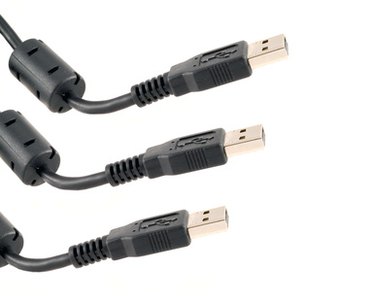
A desktop scanner can be a valuable tool for home and office use, and both desktop and high-volume scanners can be excellent tools for business use as well. Even so, scanners have their disadvantages as well, and it is important for both home users and business owners to look at all of the available options before implementing a costly scanning solution.
Scanned Output Quality Can Vary
Video of the Day
The quality of the scanned output can vary quite a bit, depending on a number of factors. Some of these factors include the quality of the lens inside the scanner, how clean the scanner glass is and the condition of the original documents. If the original documents are available in electronic format, it is often better to use a program such Adobe Acrobat to convert them to a PDF format that anyone with Internet access can read.
Video of the Day
Scanner Maintenance Can Be Expensive
Many companies uses high-volume scanners to deal with large quantities of paperwork. While these high-volume scanners can be good tools, many business owners do not realize how costly supplies and scheduled maintenance can be. To keep a high volume scanner running at peak performance, owners will need to replace the lamps regularly and perform maintenance on the camera and lens as well. This maintenance can be quite costly, so it is important for business owners to weigh these costs against the price of other document imaging solutions.
Scanners are Relatively Slow
Scanners are also relatively slow, so companies and individuals users will need to consider the time involved in scanning all of their paperwork. Automatic feeders can help to speed production, but it can still take a great deal of time to scan a stack of documents. In addition, scanner operators will need to carefully check the scanned documents to make sure that all pages have been imaged. It is not unusual for pages to stick together when going through the automatic document feeder, so operators will need to be trained to watch for these problems.